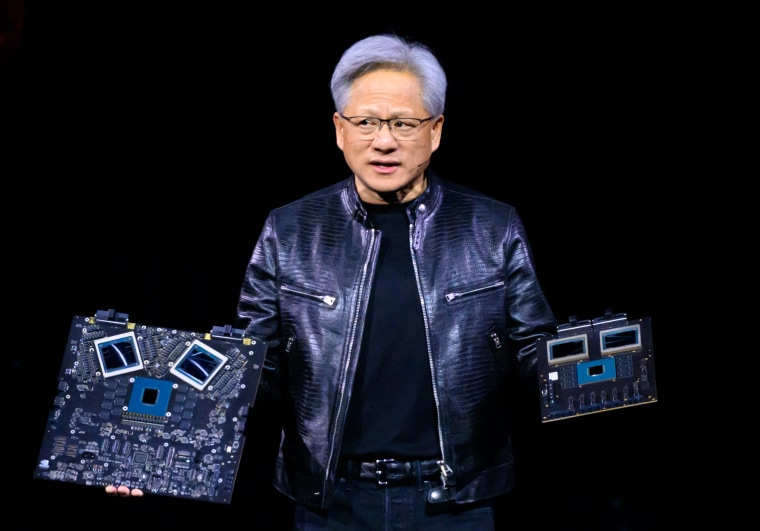Intel: Adapting to the Changing Landscape of the U.S. Chip Industry
The history of Intel, a dominant player in the U.S. chip industry, is rich with innovation, influence, and success. For many years, it set the standard for semiconductor manufacturing and design, becoming synonymous with cutting-edge technology. However, in recent times, the company has faced challenges that have threatened its position at the top of the industry.
One of the key factors contributing to Intel’s struggles is the increasing competition it faces from other chipmakers, particularly from companies in Asia such as TSMC and Samsung. These companies have been able to rapidly advance their manufacturing processes, producing chips that are not only more advanced but also more cost-effective than Intel’s offerings. This has put Intel in a difficult position, as it struggles to keep up with the pace of innovation in the industry.
Another challenge for Intel has been its difficulties in transitioning to new technologies. The company has faced delays in the development of its next-generation chips, such as its 7nm process node, which has hindered its ability to compete effectively with its rivals. These setbacks have raised questions about Intel’s ability to stay relevant in an increasingly competitive and fast-paced industry.
In response to these challenges, Intel has taken steps to adapt to the changing landscape of the chip industry. The company has announced plans to outsource more of its manufacturing to third-party foundries, such as TSMC, in an effort to improve its competitiveness and efficiency. By leveraging the expertise and capabilities of these foundries, Intel hopes to accelerate its development of advanced chip technologies and regain its competitive edge.
Additionally, Intel has been making strategic investments in new areas of growth, such as artificial intelligence and autonomous vehicles. By expanding its focus beyond traditional chip manufacturing, the company aims to diversify its revenue streams and position itself for future success in emerging technologies.
Despite its current challenges, Intel remains a formidable player in the U.S. chip industry, with a long history of innovation and leadership. By adapting to the changing landscape of the industry and focusing on new areas of growth, the company is positioning itself for a future where it can continue to thrive and innovate.
In conclusion, while Intel may be facing challenges in staying relevant in the U.S. chip industry, the company is taking proactive steps to adapt and evolve in response to the changing dynamics of the market. By embracing new technologies, outsourcing manufacturing, and diversifying its focus, Intel is working towards securing its position as a key player in the industry for years to come.
